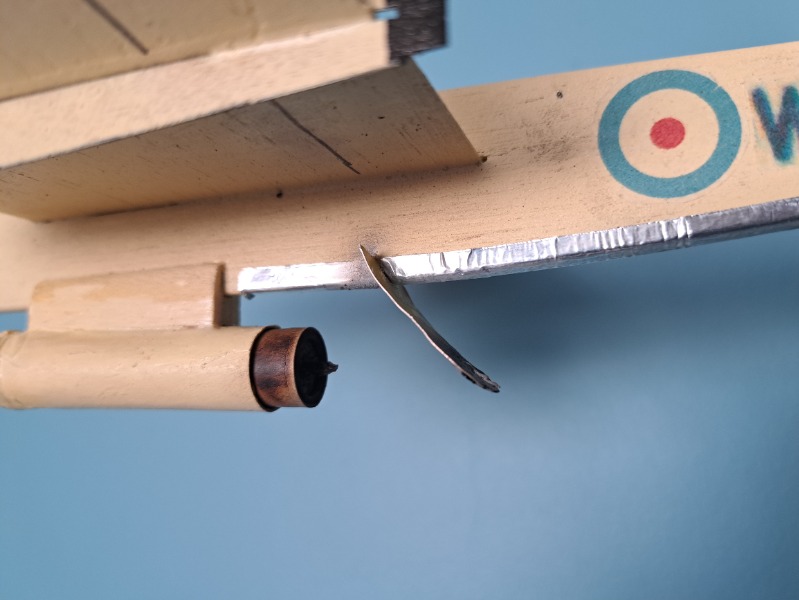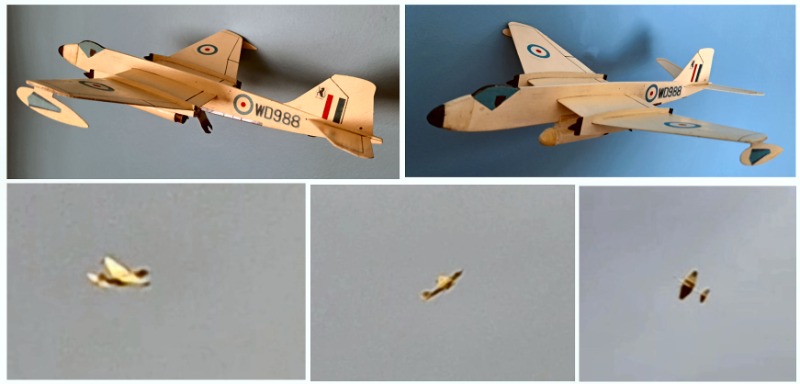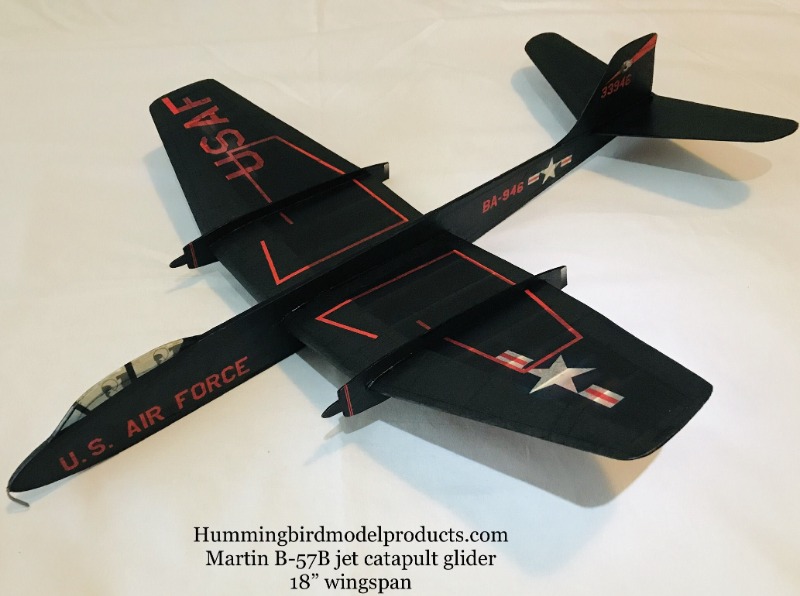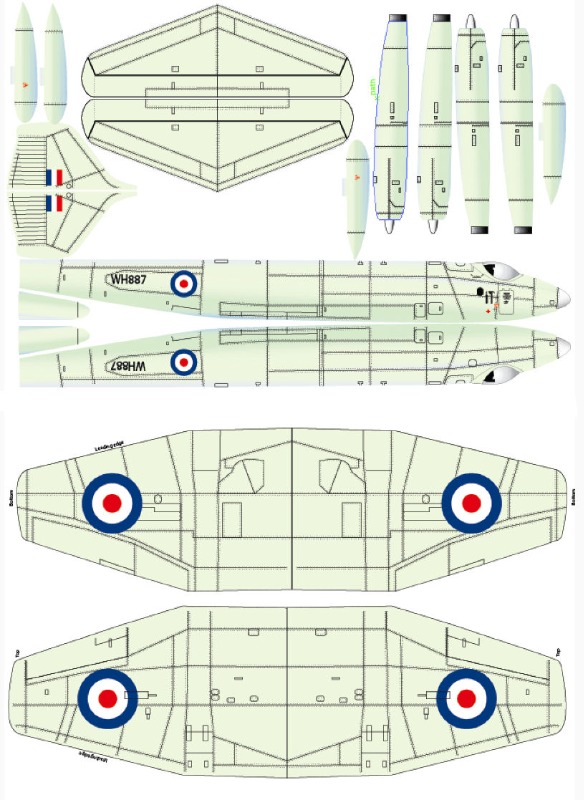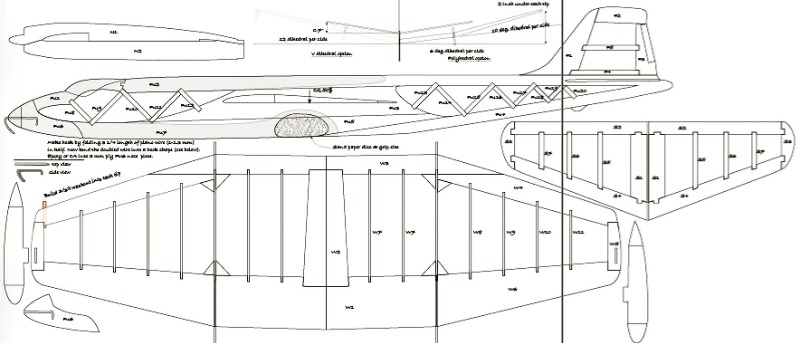I have longed been impressed by the kits produced by the American Free Flight Supplier Josh Finn of J&H Aerospace. Several months ago I was ordering in bulk for my various E20 projects and noticed that Josh had developed a profile catapult Canberra for scale duration class that they hold in the States. My interest was piqued when he claimed that it could fly for over a minute. Looking at the generous wing area and knowing how he accurately laser cuts his kits, I added one to my order with the idea that I would convert it to a TSP motor.

Move the story on a few months and it is two days to go before the Flying Aces. Yours truly, as the Contest Director, is desperately trying to find time from his day job to sort out all the various admin and bits and pieces needed for the event. As a distraction to all that, I decided that I wanted to bring a new model to the Flying Aces and the Canberra would be the perfect candidate.
The model went together very easily (and, importantly, quickly!). I sanded and sealed all the parts, upped the decalage by a couple of degrees, made a nose unit to hide the lead and added a motor holder under the CG. At 12:45 am on the morning of the Flying Aces, having painted the model earlier I added the final printed tissue decals and lined in the control surfaces with a permanent marker.
The next morning, having had all 4 hours of sleep and driven the 90 miles to our venue at Nene Park, I found a few moments to give the model a go. The first few flights showed promise but the model was looping a lot, unstable and susceptible to turbulence. I decided that I hadn't really got time to trim the model and run a contest, so I gave up on it for the day and squeezed in three flights with my 3-hour Hawk, which managed to get me third place!

Back to Canberra, several days later, and with the addition of a little more nose weight, increased elevator and, importantly, a thrust tab I managed to get some superb flights out of the model. It climbs high in a spiral on an L2 (200 mN, 170 mN was too sluggish once the thrust tab was added) and then glides satisfyingly well back to earth.
The trust tab made all the difference, even if it did burn through the metal!

Here's a picture of the thrust tab:
Just one thing: I kept the dihedral as per the catapult glider plan, however, it's not very scale and, unnecessary I think with a TSP-powered model. If I did it again I would reduce the dihedral by several degrees.
Here are more pictures of the model and video captures of the Canberra in flight.
 Roger adds:
Roger adds:
Luke had a bit more to say about his delightful model in an email to me:
"The flight pattern is a fairly tight spiral climb which gets fairly high and then transitions nicely into its glide when the motor runs out. I have managed to widen the circle a bit and make the climb less aggressive with the thrust tab (which it burnt through!) But it still needs a little work. To be honest, I think it’s between a 170 mN and 200 mN but I'm not that confident with boring out motors etc. Although it's only a 10" span, I put quite a lot of paint on the model, so it's not very light. I also, in hindsight, should have reduced the dihedral. More dihedral is needed for catapult gliders to help it roll out at the top and keep stability - keeping the dihedral means I get a tight spiral climb on rocket powered model but it's not overly scale! In any case it looks like it will be a reliable little flyer."
Great stuff!



